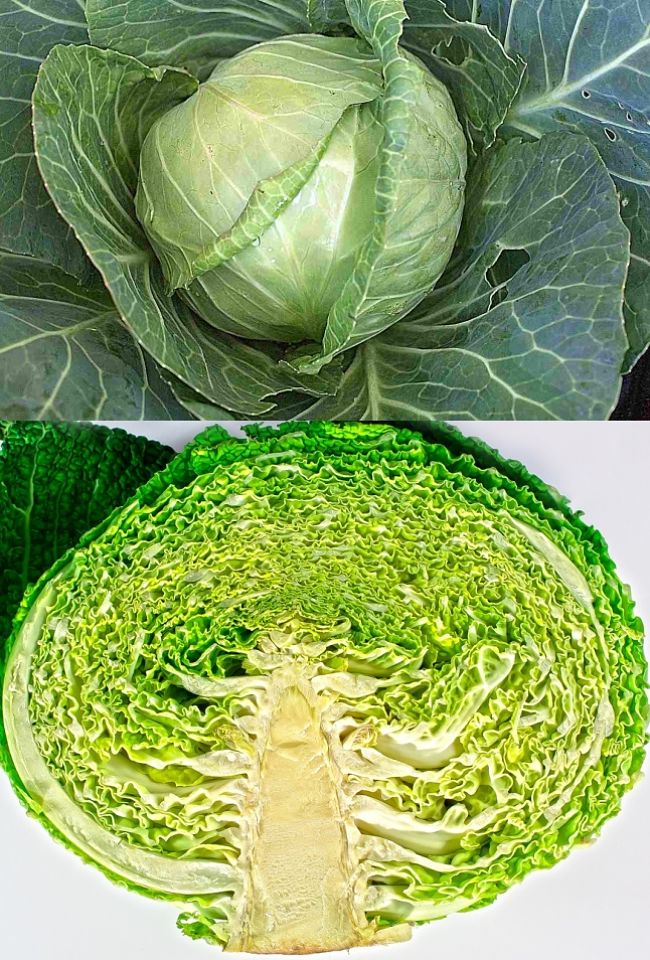Planting and Growing Guide for Tight Head Cabbage (Brassica sp.)
Description
Spring cabbages are grown for their outer leaves. The outer leaves are tough and are usually discarded to the compost bin. Though cabbages are easy to grow it can be quite hard to produce cabbages with firm tight heads in which the leaves are white and tender. The trick is to allow plenty of spacing between plants and to keep them growing vigorously with adequate water and nutrients provided in regular applications of fertiliser. There is a huge variety of cabbages to choose from crinkly leaf to red, purple and black colors. Choose a variety that does best in the season you want to plant them. Time you plantings so that the heads mature over a period of time rather than all at once. The types grown in winter generally have dark green leaves and stronger flavours. Mature cabbage plants can survive late frosts which many people claim helps improve the flavor.
Start planting seeds in trays about 4 weeks before the last spring frost is expected. Grow the seedlings indoors in a warm sunny place. Transplant the seedlings into the garden when seedlings are several inches (6 cm) tall, using a spacing of 10 inches or so, depending on the variety. Use a good quality mulch to maintain soil moisture and prevent growth checks. Feed your cabbages regularly with a nitrogen liquid or pellet fertiliser. Control white butterfly caterpillars, which can destroy your plants.Planting Guide
Seed Depth: Sow the seeds at a depth of about 10 mm (1/2 inch) in trays beginning about 4 weeks before the last spring frost is expected. Transplant to the garden after the last frosts.
Space between plants: 30-40 cm (12 inches). If planted in the garden thin out seedlings to this spacing.
Harvest Time: Harvest in about 10-12 weeks. The outer leaves can be harvested before the head forms.
Hints:
- The seedlings are frost tender, so beware
- Cabbage does best when grown in full sun, in rich and well-drained soil
- Apply fertiliser, compost or manure regularly
- Keep an eye out for white butterflies, aphids and other pests
- A secondary head will often develop after the primary one is cut and harvested

Disclaimer: The PlantWhatWhen vegetable planting guide is only designed for use as a very general reference for home gardening purposes. It is not to be used for farming, markets or commercial activities of any kind whatsoever. We take absolutely no responsibility for the accuracy and adequacy of the information provided on this site. We recommend that you consider your local climate, weather patterns and conditions when deciding what and when to plant in your home garden. It's entirely your own decision. Happy Gardening and Best Wishes!